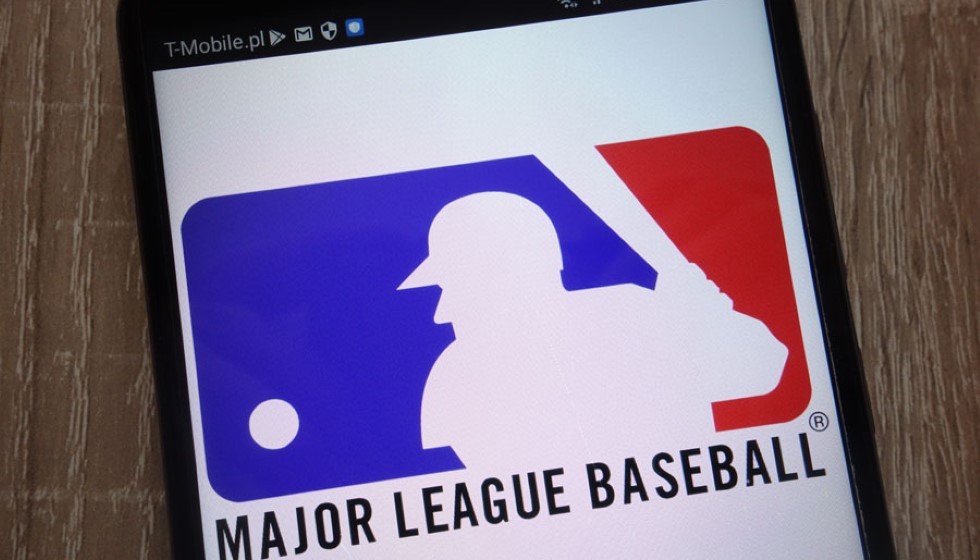
The Major League Baseball amateur draft has once again demonstrated the intense negotiations and substantial financial commitments surrounding the sport's future stars. This year's draft was characterized by significant signings and the pursuit of emerging talents by top franchises, culminating just before Thursday's signing deadline.
Top Draft Picks and Signing Bonuses
Trey Yesavage, who was selected 20th overall by the Toronto Blue Jays, agreed to a notable $4,175,000 bonus, marking a significant investment in his promising career. Similarly, Vance Honeycutt, chosen 22nd by the Baltimore Orioles, secured an impressive $4 million bonus, further emphasizing the high stakes associated with top-tier draft choices.
The Pittsburgh Pirates cemented their faith in Konnor Griffin, the ninth overall pick, by signing him for an astounding $6,532,025. Meanwhile, the second overall pick, Chase Burns from Wake Forest, garnered a monumental $9.25 million from the Cincinnati Reds, equal to the sum received by Georgia outfielder Charlie Condon, who was taken third overall by the Colorado Rockies. However, the highest financial commitment was made by the Cleveland Guardians, who signed Oregon State's second baseman Travis Bazzana, the first overall pick, for $8.95 million.
Unsigned Draft Picks and Future Implications
Despite the largely successful signings, not all players opted to go pro. Tyler Bell, the 66th overall pick by the Tampa Bay Rays, decided against signing and instead committed to playing college baseball at Kentucky. Similarly, Chris Levonas, selected 67th by the Milwaukee Brewers, chose a college career at Wake Forest. Ryan Prager, picked 81st by the Los Angeles Angels, and Jaxon Jelkin, selected 263rd by the New York Mets, also went unsigned. As a result, the Rays, Brewers, and Angels will each receive compensatory picks in next year's draft. Specifically, the Rays will gain the 67th pick, the Brewers the 68th, and the Angels will get an additional selection after the third round.
Spending and Signing Bonus Pools
The Guardians and Rockies led the financial charge, each allocating a staggering $19,236,100 to their draft picks. The Reds followed closely, spending a total of $17,156,100. The Oakland Athletics and Chicago White Sox also committed significant resources, disbursing $16,103,900 and $15,267,500, respectively. On the other end of the spectrum, the Houston Astros spent the least, with a total allocation of $6,210,412.
The league collectively committed $342 million to this year's draft-eligible players, marking an 8.3% increase from last year's $315.8 million at the deadline. Notably, no team eclipsed the signing bonus pool by more than the allowable threshold of 5%. Twenty-three teams operated within this tight margin, while the Arizona Diamondbacks spent exactly their pool amount. Six teams came in under their signing pool amount, with Tampa Bay and Colorado being $250,300 and $87,300 short, respectively.
Historical Context and Trends
This year's draft dynamics reflect a shift from the previous year, where only one pick from the first ten rounds failed to sign. Caden Kendle, a 10th-round selection by the St. Louis Cardinals last year, found a new home this year as a fifth-round pick by the Minnesota Twins, signing for $147,500.
The decisions made during this draft season will undoubtedly shape the future trajectory of MLB teams. As franchises invest heavily in young talent, the outcomes of these commitments will be closely monitored, offering fans much to anticipate as these athletes transition from promising amateurs to professional contenders.
With major signings, a few notable holdouts, and strategic financial management, this year's MLB amateur draft has set the stage for an exciting future, making it clear that the next generation of baseball talent is primed and ready to make a significant impact.